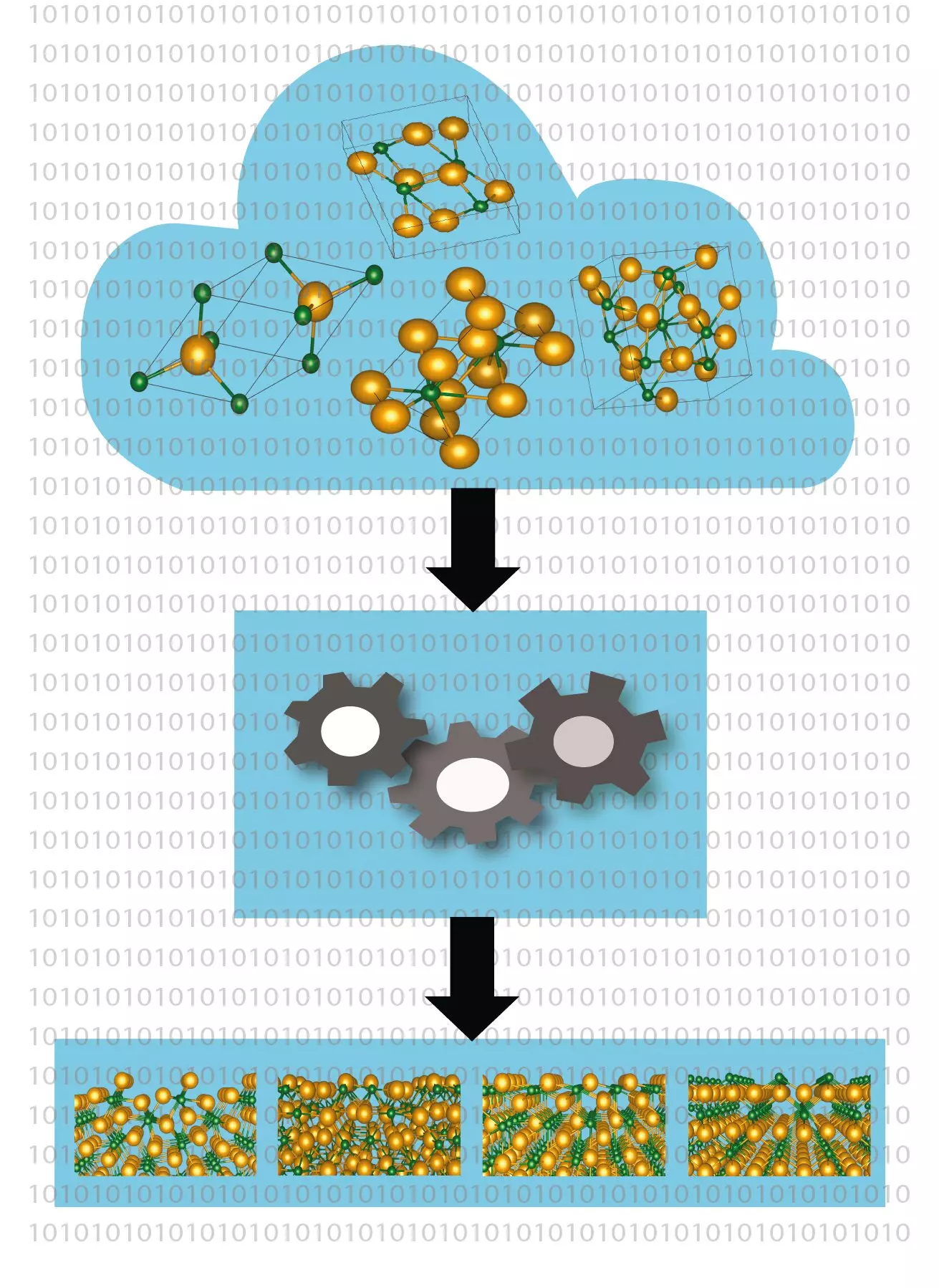In the ever-evolving world of technology, the search for new materials to advance key industries such as photovoltaics, batteries, and data transmission has become increasingly important. Researchers are constantly looking for innovative ways to discover materials that can revolutionize these fields. One such groundbreaking method has been developed by Prof. Dr. Caterina Cocchi and Holger-Dietrich Saßnick from the University of Oldenburg in Germany.
Cocchi and Saßnick have devised a high-throughput automatized method to calculate the surface properties of crystalline materials. This method starts directly at the level of established laws of physics, known as first principles. Their research, published in the journal npj Computational Materials, highlights how this approach can accelerate the search for materials crucial in the energy sector.
The two physicists emphasize that while similar methods have previously focused on bulk materials, the properties on the surface play a crucial role in energy conversion, production, and storage processes. Cocchi explains that all the relevant processes occur on surfaces, making it essential to understand the characteristics of these surface facets.
Calculating the properties of surfaces is particularly challenging as compared to complete crystals due to the complex structure of surface facets. Factors such as defects in the crystal structure or uneven growth can significantly impact the properties of a material. Cocchi points out that this complexity often poses problems for researchers, as experimental results may not clearly determine the properties of samples.
To address these challenges, Cocchi and Saßnick developed an automated procedure for screening the characteristics of new compounds. This procedure was incorporated into the aim2dat computer program, which simplifies the process by requiring only the chemical composition of a compound as input. The software extracts information about the crystal’s structure from existing databases and calculates the conditions for chemical stability on the material’s surface.
Cocchi emphasizes that their calculations are based solely on the fundamental equations of quantum mechanics, without making any assumptions. This approach ensures the reliability of their results, making them valuable for applications such as materials that convert solar energy into electricity.
To demonstrate the applicability of their method, Cocchi and Saßnick used the semiconductor cesium telluride. This material, used as an electron source in particle accelerators, can exist in four different forms. Despite the challenges in controlling the composition and quality of material samples in experiments, the researchers were able to analyze the physical properties of various configurations of cesium telluride crystals.
The researchers have made their software available in a publicly accessible program library, allowing other researchers to utilize and enhance the procedure. Cocchi believes that their method has immense potential as a tool for discovering new materials, particularly in physically and structurally complex solids, for various applications in the energy sector. By combining this method with artificial intelligence and machine learning techniques, the process of material discovery can be further accelerated, leading to groundbreaking innovations in key technological areas.
Overall, the work of Cocchi and Saßnick highlights the power of computer-based methods in revolutionizing the search for new materials. Through their innovative approach, the possibilities for discovering materials that can shape the future of technology are endless.



Leave a Reply